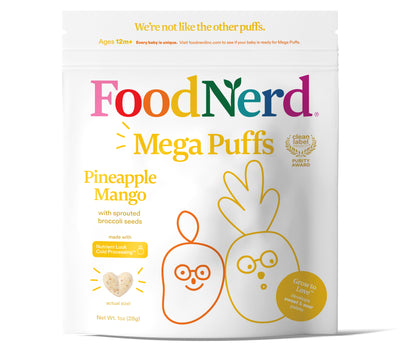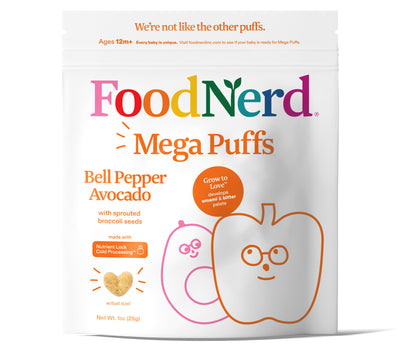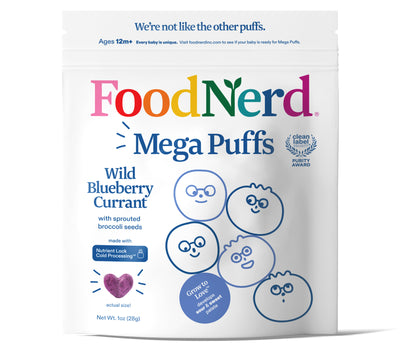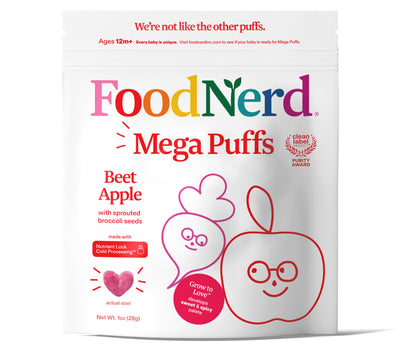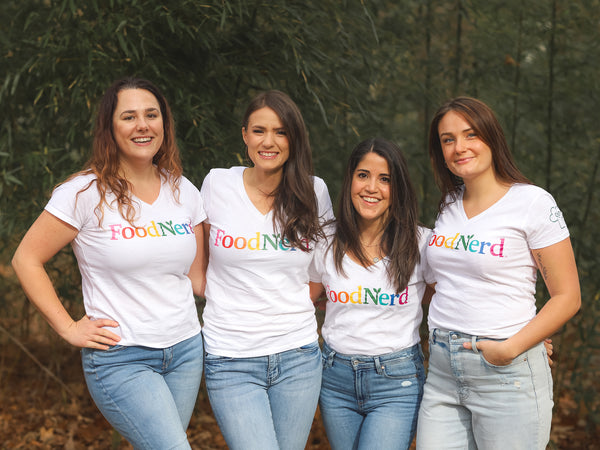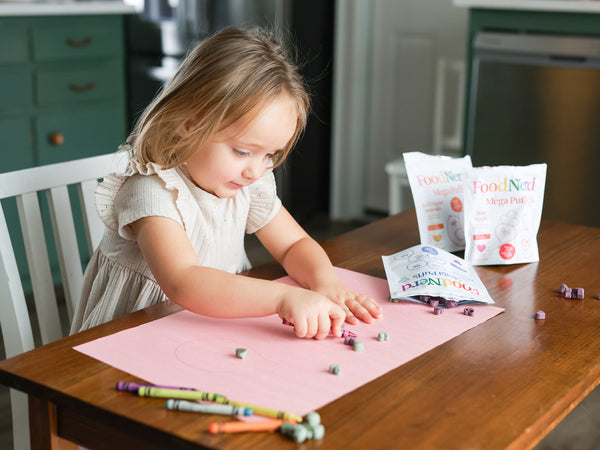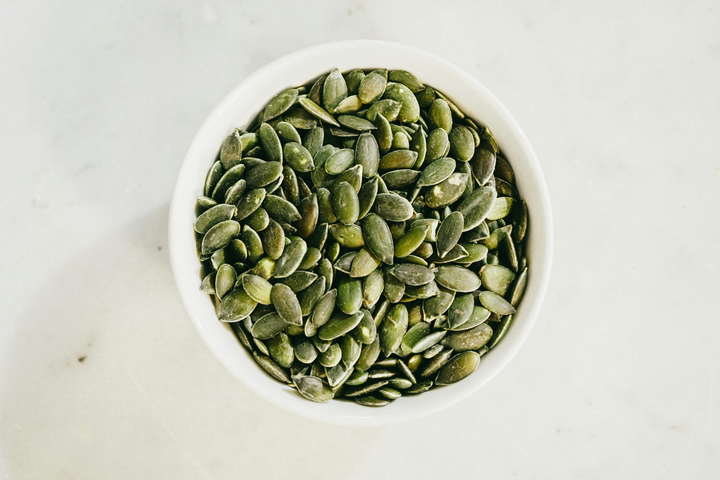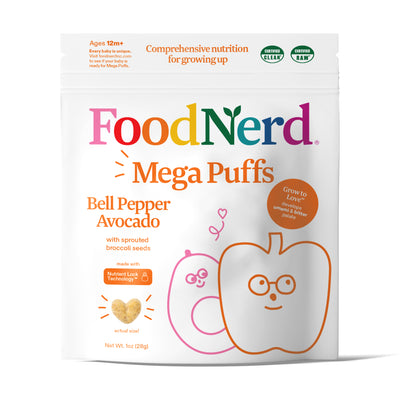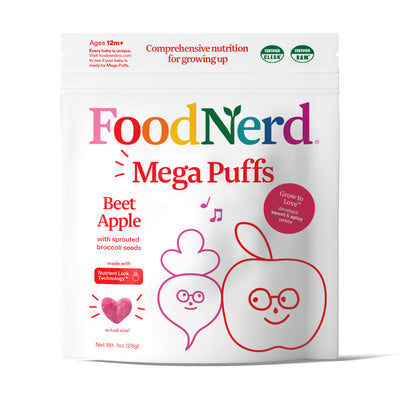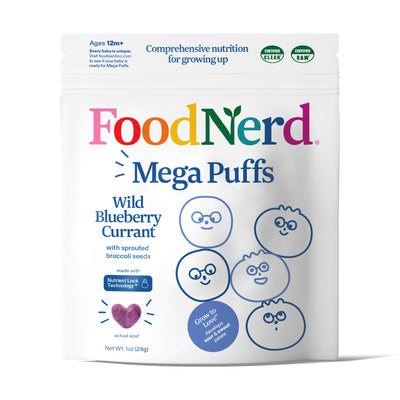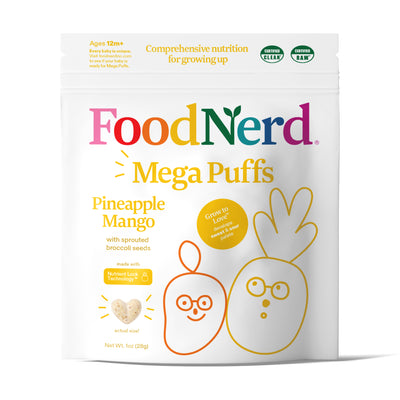Food labels: Confusing & Misleading?
On a scale of 1-10, how useful are food labels to you? Does front and back of package labeling help you make a more informed, healthier decision?
This may be the case, but… What if we told you that certain food labels in the U.S. may be deliberately misleading and confusing?
Our goal is to shed light on what we should pay attention to and what deserves to be ignored when it comes to food labeling.
What the Heck do all these Food Terms Mean?!
Research has shown that most people have trouble understanding the information provided by food labeling. This is not surprising—I was beginning to feel confused myself after attempting to clarify the terms listed below (this is coming from someone that has spent 5 years studying nutrition).
So, who is in charge here? The U.S. Food and Drug Administration (FDA) regulates all of the labeling found on packaged food (includes nutrition facts panel, health claims, and nutrient content claims). The USDA regulates use of the term "organic" on food labels.
Let’s consider the terms that you might see on food packaging:
- Natural or All Natural: (Definition is unclear)
- Currently, the FDA has not issued a formal definition for the use of the word “natural” on food packaging.
- On the FDA’s website, it states that it “has considered the term "natural" to mean that nothing artificial or synthetic (including all color additives regardless of source) has been included in, or has been added to, a food that would not normally be expected to be in that food. However, this policy was not intended to address food production methods and it was not considered whether the term "natural" should describe any nutritional or other health benefit”.
- This loose definition allows food manufacturers room for interpretation, which means that some of the least healthy foods, like Cheetos or cookies, can be labeled as “natural” because they do not contain any artificial ingredients.
- Verdict: Ignore. You are better off reading the Nutrition Facts Label & Ingredient list to decide for yourself if this food is “natural” or not. Rule of thumb: if you cannot pronounce the ingredient on the ingredients list, stay away!
- Organic: (Definition has the most specific criteria)
- Applies to fruit, vegetables, and other plant foods that were grown without use of pesticide and fertilizers made with synthetic ingredients, sewage sludge, bioengineering, or ionizing radiation.
- Requires that a government-approved certifier inspect the farm every year to ensure that these standards are being met.
- The organic certification can be expensive for farmers—includes an application fee, site inspection fee, and an annual certification fee. Smaller, local farms meeting most of the organic standards may not be able to afford the organic certification.
- There are 3 levels of organic labeling:
- 100% Organic: Product contains 100% organic ingredients & shows USDA organic seal
- Organic: Product contains ingredients that are at least 95% organic & shows USDA organic seal
- Made with Organic Ingredients: Product contains ingredients that are at least 70% organic, but does not show organic seal. “Made with organic ingredients” may appear on the packaging.
- Verdict: Ignore when it comes to packaged foods—many processed foods like chips, or boxed macaroni and cheese may be labeled as organic. These foods are completely lacking in nutrition and the addition of organic ingredients does not change that. May be helpful when it comes to choosing quality produce, unless buying from local farms that cannot afford the organic designation.
- Healthy: (Definition is confusing)
- A food product may be labeled as healthy if the product meets certain criteria for the amount of total fat, saturated fat, cholesterol, and sodium that it contains. It also requires that the food product contain certain amounts of vitamin A, vitamin C, calcium, iron, protein, and fiber. These reference values are based on the 2015-2020 Dietary Guidelines for Americans.
- This is a common term used to describe processed food.
- Verdict: Ignore. Use the Nutrition Facts labels and Ingredient list to decide for yourself if the food is “healthy” or not.
Term that you will not see on food packaging:
- GRAS or Generally Recognized as Safe (Definition is confusing, how can something we eat be generally safe?)
- Food additives must be reviewed and approved by the FDA. If the food additive is “adequately shown to be safe under the conditions of its intended use”, then it will be approved.
- Did you know that there are over 10,000 chemicals used in our food supply today, but only 43% of them are recognized as safe by the FDA? Many of these chemicals are banned in other countries, so why are they still allowed in our food supply?
- Verdict: There are no food labels that signify whether ingredients in the food product are GRAS or have yet to be tested.
What about the Nutrition Facts Label?
- The Ingredient list is confusing
- Ingredients are listed in descending order by weight, which means the ingredient found in the highest amount is listed first. This would be much easier to read if it listed the exact percentage of each ingredient in the food product.
- Loopholes with Sugar: Fortunately for food manufacturers, there are over 60 different names for sugar. So, if sugar is the predominant ingredient in the food product, it should be listed first, which doesn’t happen often. Food manufacturers get around this by adding different types of sugar into the food product, so that it is listed multiple times on the ingredient list, instead of being listed first as the predominant ingredient.
- Rule of thumb: if you don’t recognize an ingredient, don’t buy the food!
There is light at the end of the tunnel to all of this doom and gloom. The Nutrition Facts Label gives us valuable information, especially since it was recently updated. Here are some helpful things to look out for the next time you read one:
- Serving size is bigger and bolder
- Amount of calories is larger and bolder
- Hallelujah!! You can finally tell the difference between natural and added sugars!! Natural sugars are naturally found in the food product (aka the sugar found in fruit), whereas added sugars are added to the food product during processing (aka brown rice syrup, dextrose, or the other bazillion names out there for sugar).
- The percent Daily Values (%DV) have been updated
- 5% or less means one serving size of the food is low in that nutrient (helpful when trying to choose foods that are low in calories, saturated fat, sodium, and added sugars)
- 20% or more means that one serving size of the food is high in that nutrient (helpful when trying to choose foods that are healthier and higher in dietary fiber and micronutrients, such as potassium and calcium)
- Potassium and Vitamin D were added to the nutrient list
Conclusion
What is the end verdict here? It is important to be your own advocate and educate yourself on food labeling, instead of falling victim to all of the misleading information out there.
Remember, you don’t have to let the food industry dictate your food choices, you are the one buying the food products, so therefore you hold the power. That being said, let’s use that power to make healthy, informed decisions that our bodies will thank us for.
Sources:
- Center for Food Safety and Applied Nutrition. “Generally Recognized as Safe (GRAS)”. U.S. Food and Drug Administration, FDA, 2019, www.fda.gov/food/food-ingredients-packaging/generally-recognized-safe-gras.
- Center for Food Safety and Applied Nutrition. “Guidance on the Use of the Term ‘Healthy’ in the Labeling Food.” U.S. Food and Drug Administration, FDA, 2016, www.fda.gov/regulatory-information/search-fda-guidance-documents/guidance-industry-use-term-healthy-labeling-human-food-products.
- Center for Food Safety and Applied Nutrition. “Use of the Term Natural on Food Labeling.” U.S. Food and Drug Administration, FDA, 2018, www.fda.gov/food/food-labeling-nutrition/use-term-natural-food-labeling.
- Harvard Health. “What Is in a Food Label? You May Be Surprised.” Harvard Health, 2017, www.health.harvard.edu/nutrition/what-is-in-a-food-label-you-may-be-surprised.
- Klemm, Reviewed by Sarah. “Understanding Food Marketing Terms.” EatRight, 2019, www.eatright.org/food/nutrition/nutrition-facts-and-food-labels/understanding-food-marketing-terms.
- Neltner, Tom, and Maricel Maffini. “Generally Recognized as Secret: Chemicals Added to Food in the United States.” Natural Resources Defense Council, Inc., 2014, www.nrdc.org/sites/default/files/safety-loophole-for-chemicals-in-food-report.pdf.
